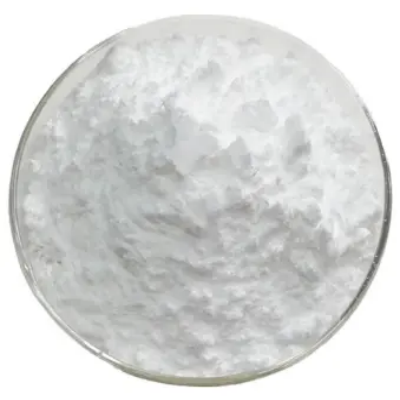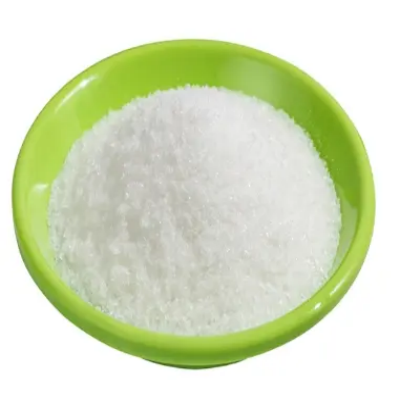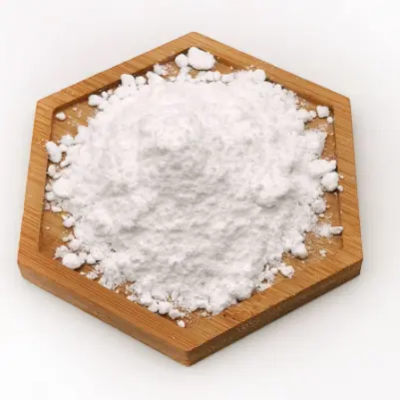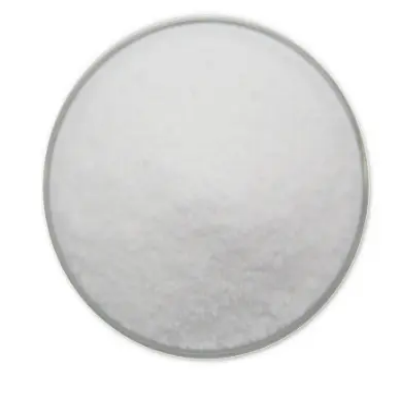Ethyl 3-Amino-4-methylbenzoate CAS:6038-19-3
DL-Homocysteine thiolactone hydrochloride has several important applications in biomedical research, diagnostics, and potential therapeutic development. In biochemical studies, it is frequently used to investigate the biological effects of homocysteine and its metabolites. The thiolactone form allows for specific interactions with proteins and enzymes, facilitating research into how elevated homocysteine levels can affect cellular signaling, oxidative stress, and protein function. In clinical diagnostics, measuring levels of homocysteine and its derivatives, including thiolactones, provides valuable insights into cardiovascular health, neurodegenerative diseases, and metabolic disorders. Elevated homocysteine levels are often associated with an increased risk of thrombosis, stroke, and other vascular complications, making it crucial for early detection and prevention strategies. Additionally, researchers are exploring the potential use of DL-homocysteine thiolactone as a starting point for developing novel therapeutic agents aimed at regulating homocysteine metabolism. By better understanding its biochemical properties and interactions, scientists hope to identify new treatment approaches to mitigate health risks associated with hyperhomocysteinemia. Overall, DL-homocysteine thiolactone hydrochloride is a valuable compound in advancing research related to amino acid metabolism and its implications for human health.



| Composition | C4H8ClNOS |
| Assay | 99% |
| Appearance | white powder |
| CAS No. | 6038-19-3 |
| Packing | Small and bulk |
| Shelf Life | 2 years |
| Storage | Store in cool and dry area |
| Certification | ISO. |









